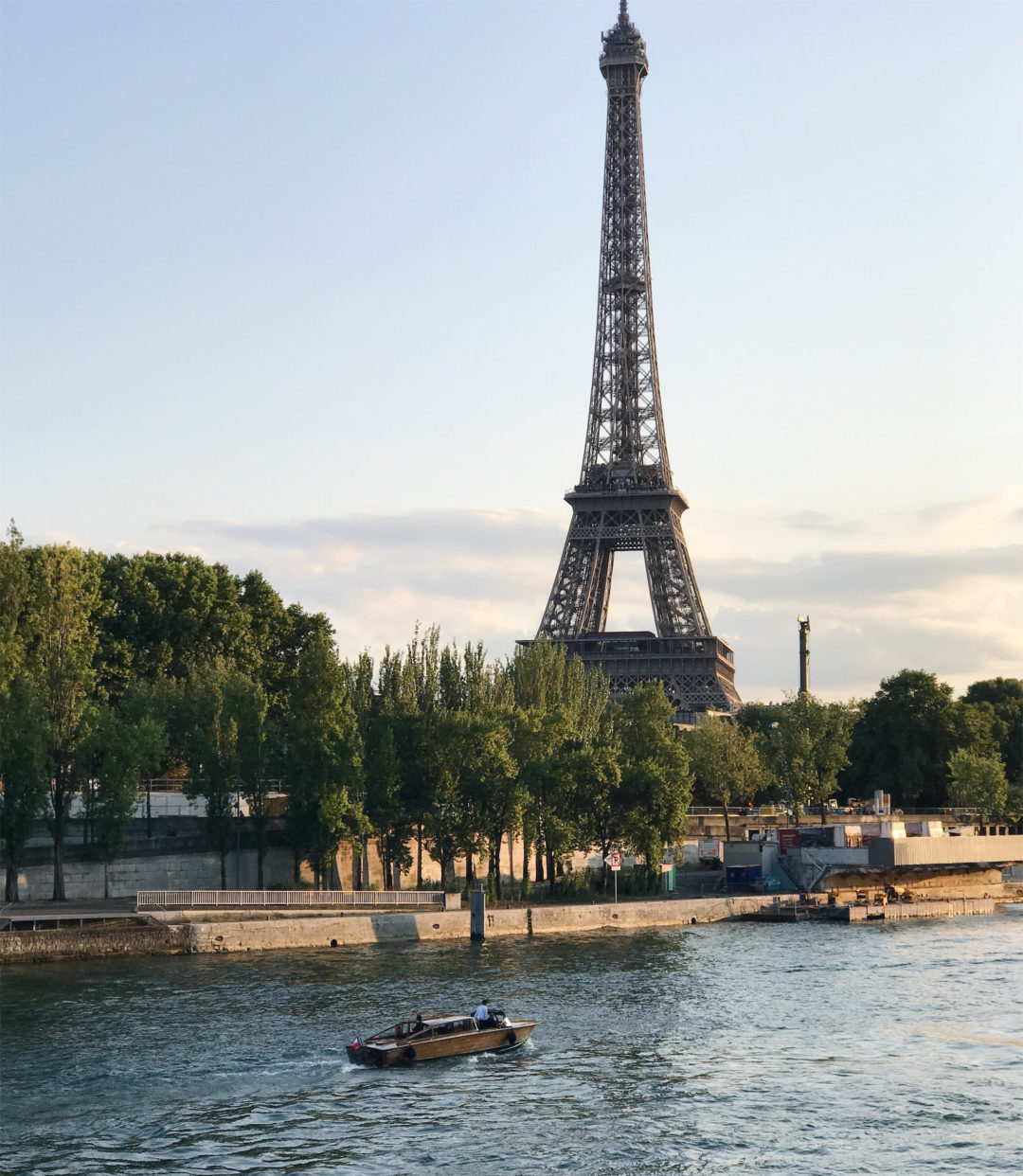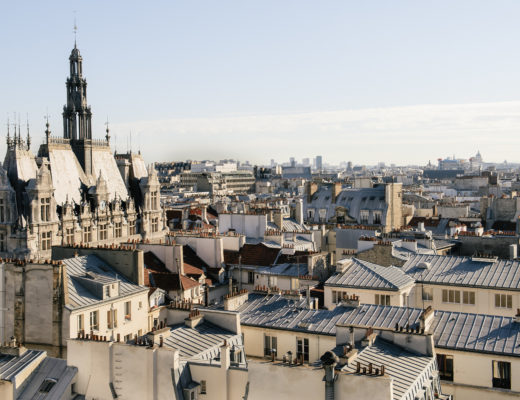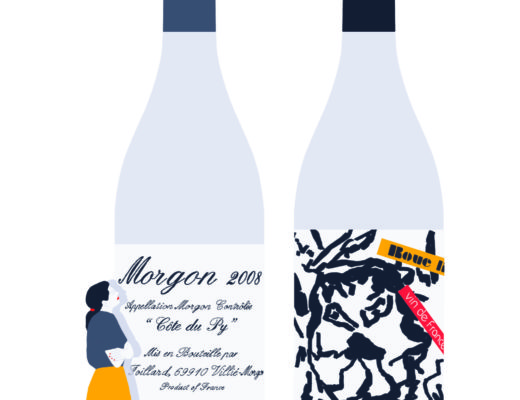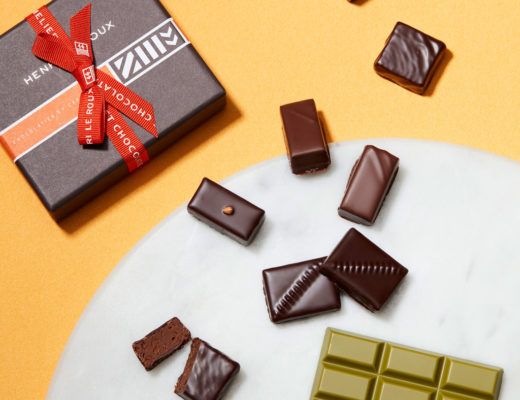On episode 9 of “The New Paris Podcast”, my co-host and I welcomed Arash Hajianpour of the design agency Optimistic Future, and Jane Bertch, co-founder of La Cuisine Paris cooking school, to discuss the ways in which our understanding of Paris may be shaped by what we see on social media. Those of you who have read my book know that traditional forms of media have greatly influenced the romanticized and even fetishized perception of the city but I did not do a deep dive into the role of social media specifically. We had an enlightening and passionate debate but it ended before we could tackle the topic of Instagram’s influence in the creation of new spaces in Paris.
Arash kindly offered to continue the conversation with some additional thoughts on the topic below.
—
As social media increasingly democratizes journalism, we start to question where journalistic responsibility comes into play, if at all, on platforms like Instagram. Because an Instagram user has 100k+ followers, are they influencing perceptions in an incredible way, perhaps in a way not seen before? How and why does that matter?
With platforms to voice and field our opinions and ideas, we engage our day-to-day more symbolically than ever – who did what where, on the one side, and on the other, what’s going to look good on an Instagram Story, what will make its way to a larger audience, what are the hashtags that will make us seem relevant yet witty and unique. We’re scoping and casing the world around us either through a screen or what parts would look good on a screen. It’s going so far that we’re seeing a surge of new spots being created for greatest “Instagrammability.” I realized sitting down for dinner with a friend in a beautiful new, and very large, restaurant what may be the issue here and what may be at stake.
The problem is scale, particularly in a city as grandiose as Paris. In the increasing symbolization of an already very symbolized city, people are creating individual tales around their lives and divulging their most precious version of this wonderful place. And yet, the way we experience their rapture is through something that fits in our palms.
As I took in the size of the restaurant I was in, I thought, wow, this place is perfectly appointed and arranged. And wow, there’d be no way this would look good on an Instagram post. There was too much empty space. There was no eye-catching pattern. There was no iconic center. But it was such a beautiful place to be in, because that’s what it felt like to be there.
The problem of building to Instagram is that everything will be scaled down to the size of a financier through a very narrow purview. And in this, we’ll lose sight of the bigness of what we could be experiencing as we build around digital followership. We are, in effect, affecting the reality of Paris by having wonderful people with potentially successful concepts conceiving into a symbolization of what their café, restaurant or store could look like on a smartphone. What we’re doing through our Instagram lens is misrepresenting the magnificence that is Paris, in a scale the old novels of love and romance and the artwork of debauchery and merriment could never do before in their own skewed representations. Our screen-sized visions of a dream are even further upfield than that which created whole syndromes around disappointment.
Our widening cognitive leap from symbols into reality is creating a cognitive dissonance stronger than we could’ve imagined. And I’m not just talking about tourists and passersby; I’m talking about those of us living this city and representing it every day.
We’re forgetting what it is to be here and focusing on what it may be like to somebody else, how to sum it up in a snippet. And we’re helping others to either forget it or never understand it in the first place, through a square photo zoom. A pretty colorful dish in a table corner, a zig-zagged wallpaper, a funny scene from an otherwise listless party. We are no longer filling a whole physical space around us and allowing it to effect us physically. We’re tunneling into our own advertising agencies to sell irealities at the
cost of real connection and attention of what a place actually feels like– I would argue at no fault of our own.
Businesses have to run, and today, this means being extremely visible, upfront against a background of fierce competition. Even in stuck-in-its-ways Paris, we are compromising a beloved ideal that everything that needs to be appreciated will be so without our needing to market it as such – what was once a more organic (read: slower) process.
But I’m not pessimistic at all about what’s to come. In any case, in Paris, you can’t stare at a screen too long without the danger of stepping in something or having plant water juice fall on your head – you have to pay attention, eventually, and this brings us back into place. And maybe the compromise of scale actually is a good thing, because once you finally come to Paris, once you cross that bridge and pocket
your phone and catch the late Fall afternoon light passing through the Eiffel Tower, glinting off the Seine and weaving its deep orange way across the beige building walls and grey cobblestone and your eyes fill of pink clouds above, your heart swells massive and pushes up against your chest and you can’t help by be taken aback in surprise at the enormity of it all.
How has your impression or understanding of Paris been shaped by the images and stories you’ve been shown on social media? Leave a comment below to weigh in on what will surely be an ongoing topic of discussion.
Listen to The New Paris podcast: streaming / on iTunes. If you use another podcast app, please subscribe!













I love this! I really struggled to capture the essence of Paris in an Instagram photo while I was there this summer. As an average photographer only traveling with cell phone, nothing seemed to capture the grandeur and beauty of the city. And honestly, I wanted to be IN it, not Instagramming it. I love looking at the beautiful photos on Instagram, but those images are so different from the reality of being there